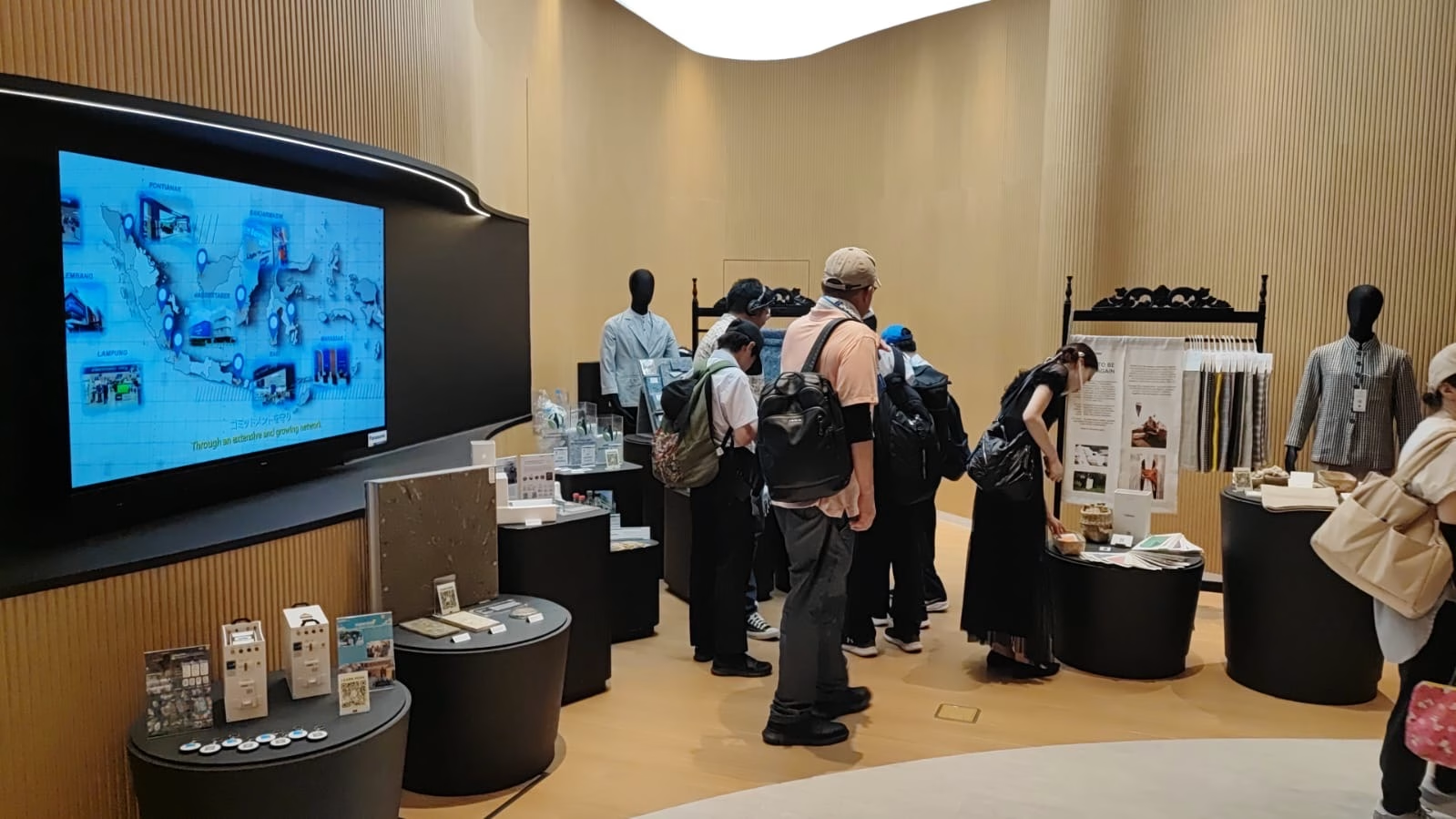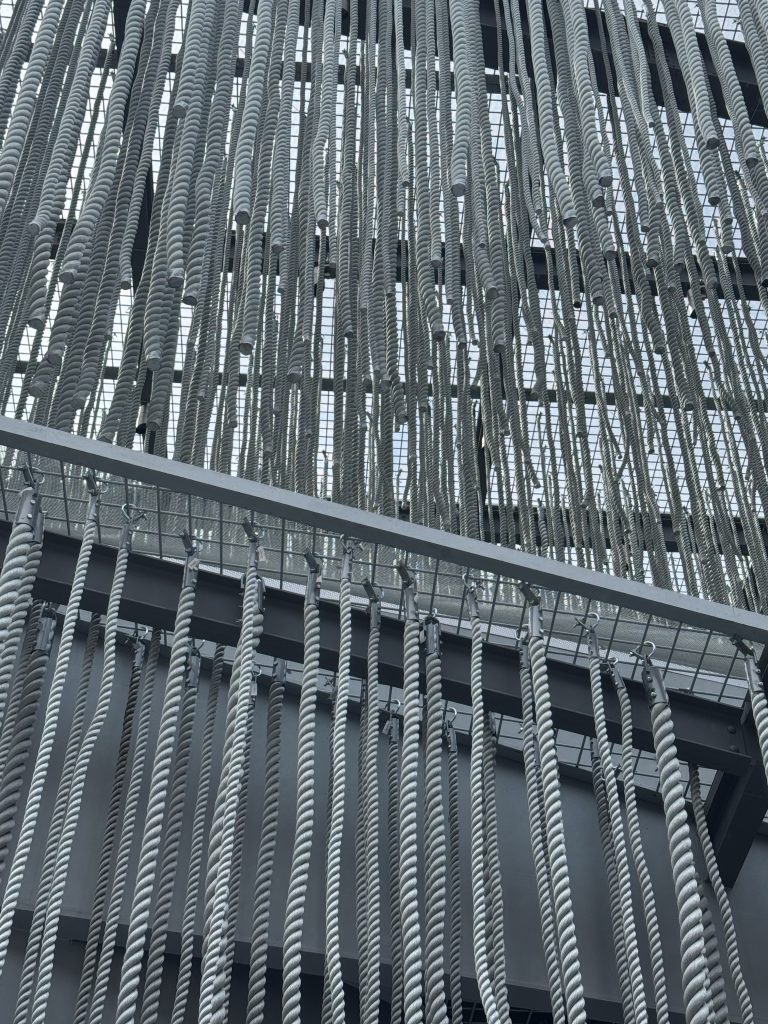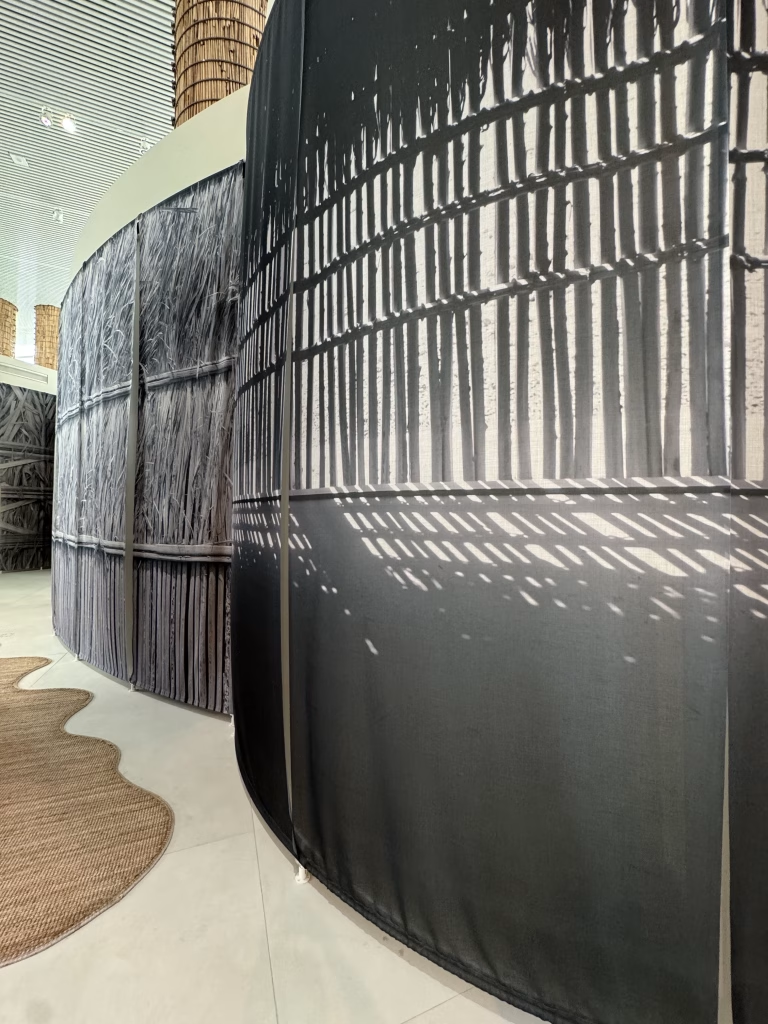Expo 2025 Osaka involves 158 countries and 7 international organizations, who come to enliven this five-yearly event. In addition to Indonesia, other countries display their identity in their respective Pavilions. Within an area of 155 hectares on the artificial island of Yumeshima-naka in Osaka Bay, Expo 2025 Osaka is projected to accommodate an estimated 28 million visitors. Expo 2025 Osaka has 3 Pavilion areas; Official Participants Pavilions, Domestic Pavilions, and Signature Pavilions. These pavilions are built by considering the philosophical values of each participant and sustainability and reutilization after the event ends.
Official Participant Pavilions contain Pavilions from representatives of countries and international organizations. This Pavilions area is the largest part of the Expo, a place where representatives from countries and international organizations hold exhibitions and cultural and technological exhibitions.
The Indonesian Pavilion took the theme “Thriving in Harmony: Nature, Culture, Future”, integrating the cultural and ecological values that Indonesia is proud of with the values of sustainability to create a better future. The Indonesian Pavilion presented a series of exhibitions that showcased Indonesian innovative products – including Pable – as well as cultural events such as traditional dance performances, traditional music ensembles, and others. The Italian Pavilion was also the most interesting Pavilion because in addition to representing the country of Italy, it also included representatives from the Holy See. The Italian Pavilion took the theme “Art Regenerates Life”, which redevelops the concept of the ideal city of Italian renaissance that focuses life on culture, community, and economy. The United Nations is one of the international organizations that received a Pavilion in this area. In the UN Pavilion, over 30 UN agencies come together under the theme “United for a Better Future”.

The Domestic Pavilion contains representatives from the host country, Japan, several private sectors, and special pavilions. The Japanese Pavilion themed “Between Lives”, tasked with closing the loop by utilizing a biogas power generator using food waste from the Expo site to create a cyclical loop. Combining sustainability values with Japanese aesthetics, the Japanese Pavilion is one of the most interesting Pavilions to visit. In addition, in the Domestic Pavilion area, there is also a Women Pavilion in collaboration with the world’s luxury jewelry brand, Cartier. Taking the theme “When women thrive, humanity thrives”, the Women Pavilion displays a visualization of the idea that achieving gender equality means creating a just, inclusive, and peaceful society. Moving on to another Pavilion, for visitors who idolize Japanese pop culture, there is the Gundam Next Future Pavilion, which represents the iconic Japanese mecha science fiction franchise, Gundam. The Gundam Next Future Pavilion represents technological possibilities for the near future.
The last area is the Signature Pavilion, which consists of eight special Pavilions located in the center of the Expo site. Some of them are the Dynamic Equilibrium of Life Pavilion initiated by Professor Fukuoka Shin-Ichi, themed “Quest of Life”, which emphasizes the single existence between humans and the environment. In addition, there is the Earth Mart Pavilion by Writer Koyama Kundo, which presents the possibilities of Japanese food culture and cutting-edge food technology.


The goals of these Pavilions are different, but they all make up the one single collective goal; to make the future a better place to stay. Aligned with the theme of Expo 2025 Osaka, “Designing Future Society of Our Lives”, all of the Pavilions make great efforts as agents of change.



